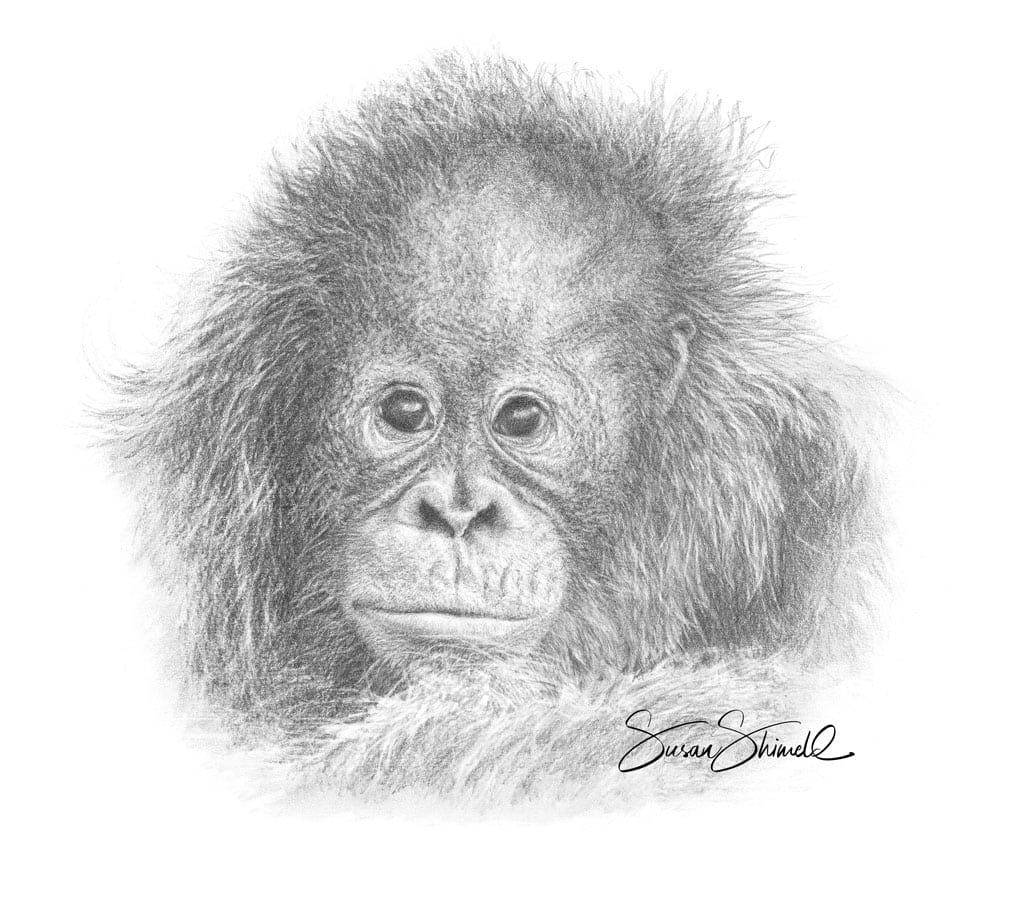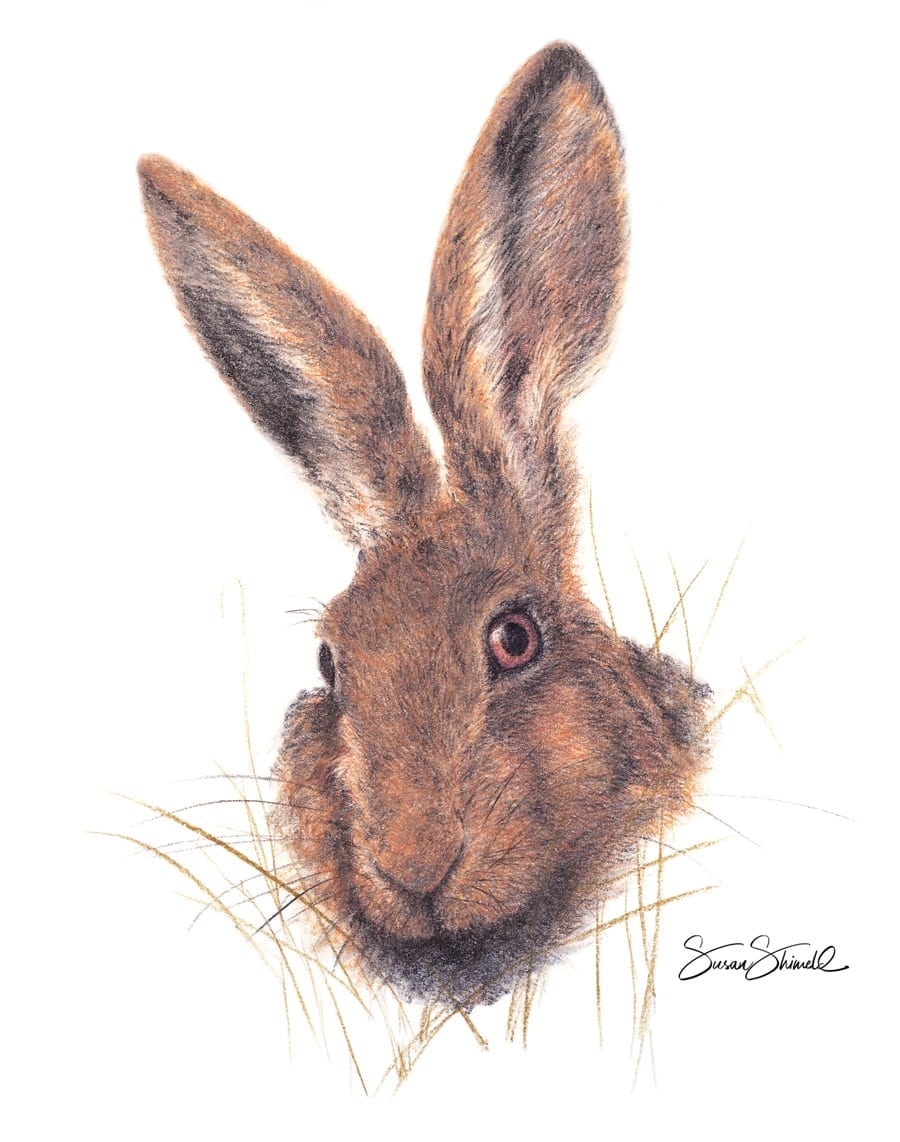Fine Art Giclée Prints
The Hahnemühle Paper Mill has been producing mould made artist papers since its founding in 1584.
Giclée technology produces superb quality reproductions. Giclée prints are found, as part of their collections, in the finest galleries and museums around the world.
Giclée printing offers the highest degree of accuracy and richness of colour available in any of the reproduction techniques. The visual quality of the print result is extremely high – the colour saturation and definition recreates the original beauty and 3 dimensionality, with each print.
Our Giclée Prints are produced exclusively using pigment based archival inks, for long life, and are available on the finest quality watercolour paper or stretched and varnished 100% artist cotton canvas.
All archival Hahnemühle papers are 100% acid free with a neutral pH. The papers are lightfast, age resistant, coated and specifically designed for state of the art inkjet printing. All papers are produced in accordance with ISO9706 specifications for archive grade paper.
Nature in Fine Art prints are individually ‘signed’ by the artist, Susan Shimeld. Each of the Limited Edition Prints are ‘signed and numbered’ by the artist.
If you require details regarding ‘Mounted and Framed’ Fine Art Prints please contact us.
Canvas stretcher bars are available for canvas prints if required, for further details please contact.
Our Fine Art Prints and Greetings Cards make a very saleable product and Trade Enquiries are welcome.
Nature in Fine Art Prints – Published by Pier Gate Print ©
Definition of Giclée
A giclée (jee-CLAY) is an individually produced, high-resolution, high-fidelity reproduction produced on a special format printer. The word Giclée is French for “to spray “.
As a proofing system for lithograph printing presses, it became apparent that the presses were struggling to produce the quality and colour of the giclée proofs. Giclée reproductions were originally developed in 1989 as a plate-less method of fine art printing.
Lithography uses tiny dots of four colours, cyan, magenta, yellow and black to fool the eye into seeing various hues and shades. Colours are ‘created’ by printing different sized dots of these four colours.
Giclées use inkjet technology, but far more sophisticated than your desktop printer. The process employs six colours, light cyan, cyan, light magenta, magenta, yellow and black, of lightfast, pigmented inks resulting in a wider colour gamut, and with replaceable printheads, the ability to use various media to print on. The ink is sprayed onto the page, actually mixing the colour on the page to create true shades and hues. The colours are brighter, last longer, and are so high resolution that they are virtually continuous tone, rather than tiny dots. The range, or ‘gamut’ of colour for giclées is far beyond that of lithography, and details are crisper. Unlike other printing methods, each image is sent to the printer individually. Produced directly from a digital file, the process of generations of detail-robbing negatives and printing plates, as with traditional printing, is removed.
Giclées are produced from digital scans of existing artwork and can be printed on any number of media from canvas to watercolour paper to transparent acetates, creating a whole new vibrant medium for art.


